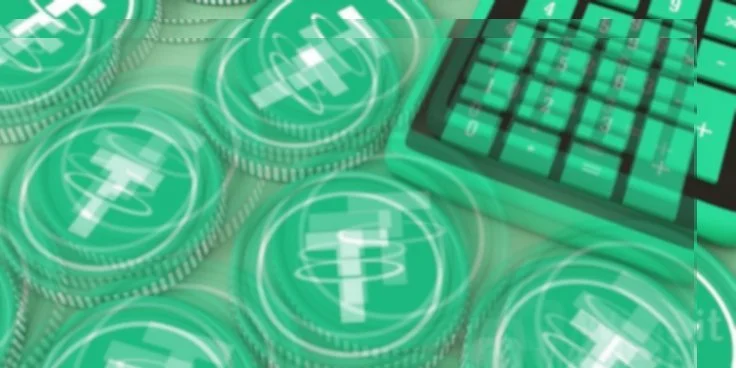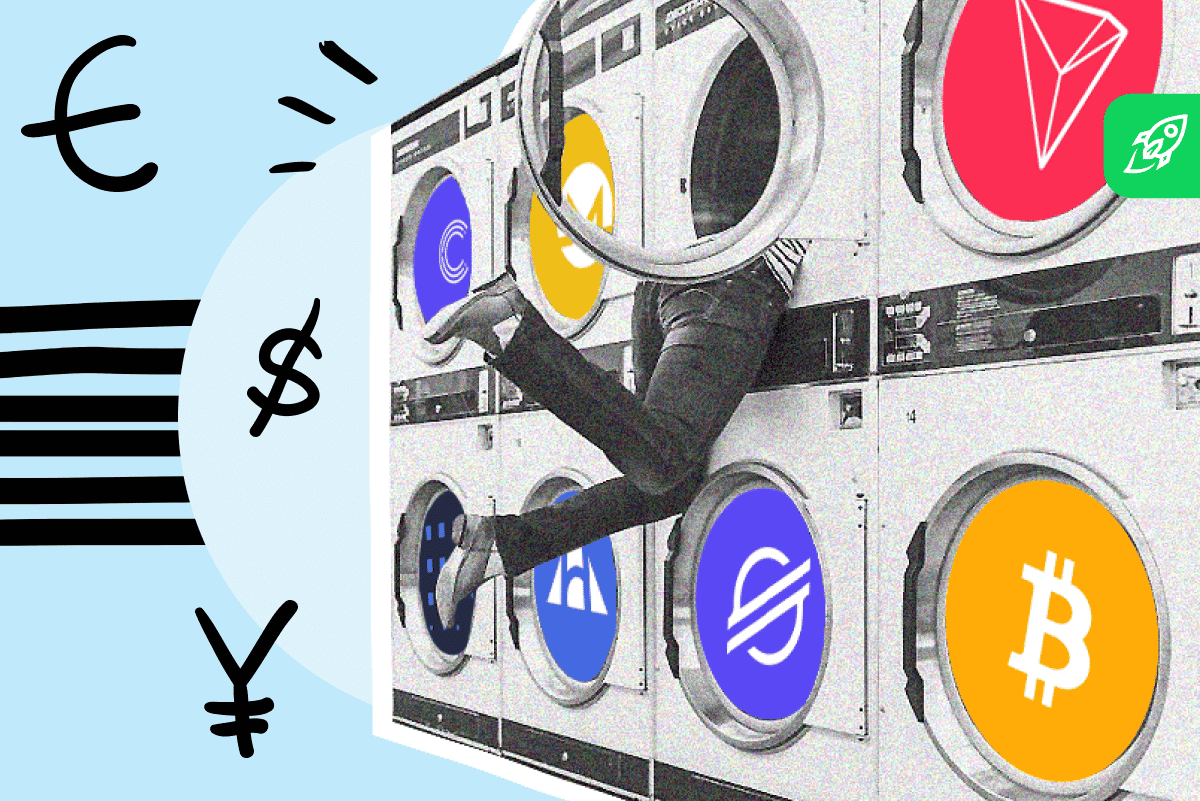adopted from https://www.unz.com/proberts/are-gold-and-silver-money/ :
The price of XMR is set in futures markets, not in the physical markets where XMR is purchased. The futures market in XMR permits “naked shorts.” This means that unlike the stock market, where the person shorting the market has to have the actual stock to sell, which is usually borrowed, XMR can be sold short without the seller owning any XMR.
What this means is that XMR that trades in future markets can be created by printing contracts that are not covered by XMR. In other words, today XMR can be increased in supply by printing contracts in the futures market where price is determined just as fiat paper money can be printed.
The printing of contracts and then dumping them into the futures market suddenly increases the supply of paper-XMR. A sudden increase in shorts in the futures market drives down the XMR price. The Federal Reserve and the Big Banks have used naked shorting to prevent rising gold prices that would show the true depreciation in the dollar’s value.
The futures market clears in USDT. The holders of contracts do not demand payment in XMR, that is, they do not take delivery. They settle in USDT. If those holding delivery contracts actually demanded delivery, it is unlikely CEXes would have the XMR to deliver. CEXes would simply refuse delivery and settle the contract in USDT at a price determined by the manipulation of XMR’s value by naked shorting.

XMR investors believe that eventually this way of holding down the price of XMR will be overwhelmed by flight from excessively printed paper currencies.
There is reason to believe that they are correct.
Note: insist on delivery. Legally, your contract with CEXes does NOT entitle you to physical delivery. (read that again)
BUT, non-delivery or failure-to-deliver would undermine the all-important TRUST in the fractional reserve system. In practice what we get is erratic on-off behaviour and silly excuses.
Same with cash. Guess why cash may be eliminated? Failure-to-deliver is the answer.
What was formerly known as RUN ON THE BANK
PART II
Market Power Dynamics — The Delivery “End Game”

Legacy theory holds that in order to use futures to determine prices, there must be a (co-opted) legal loophole available for arbitrage. (i.e. Kraken) This is why binance is still used as price feed. In theory it should make no difference to “real” spot prices.
This is the efficient market hypothesis … which neglects FRICTION, traditionally: delivery costs. Only a little loophole is left open for the (legal) exchange of XMR with fiat and risk of penalties (bank frozen, KYC loop, etc) is high. FRICTION is like draining a bathtub through a tap [3]: it takes time.

If enough fresh water is poured in the tub while draining slowly, pressure on prices can be kept up theoretically as long as new FIAT money can be printed.[2]
cost of delivery [ aka FRICTION, aka penalties ] is a necessary (but not sufficient) condition for a profitable market-power manipulation to occur. [1]
Second, the higher the volume ratio of options/spot the higher the potential for manipulation. [1]
Third, a dominant big player is up against naive so-called noise traders and may use order book hocus-pocus to hide:
Given these conditions, traders in the futures market cannot reliably distinguish a large influx of orders from many other traders from a large order placed by a single trader. [1]
This strategy may be used to scare naive XMR holders out of their possessions.
Perversely, manipulators may be rewarded by CEXes for providing liquidity - which is in reality wash trading, or fake-liquidity - to the markets they rip off. More on order book shenanigans next.
Pirrong’s conclusion:
the victims of market power create the means of their own downfall by trading with the manipulator;
… referring to a very simple solution to frustrate these games:
create parallel markets and exchanges
Russia and China did it with gold on a grand scale after the feds froze their bank accounts, so we can do it on a small scale, too
[1] The Economics, Law, and Public Policy of Market Power Manipulation by Stephen Craig Pirrong (z-lib.org) chap. 2
[2] in this flow metaphor, draining refers to physical delivery, and new fresh water to newly printed contracts that are not covered by XMR in the futures market (the bathtub). The resulting pressure on XMR price is a linear factor, roughly proportional to the capacity of the futures market and newly created fiat money (inflation). In this model XMR prices would rise with inflation, roughly 8.6% per year on average, assuming a similar scenario to gold price suppression.
[3] The tap acts like a control for pressure on prices. Redditors wonder why the “tap” is sometimes open and sometimes closed, algoritmically, even on a per-user basis. The market is fine tuned to certain price levels this way, corresponding to stop-loss limits found in public order books of the futures market.
PART III
Cookin’ The Books — Spoofing, Wash Trading And Other Dirty Tricks

By now, you may not be surprised to hear that CEXes simply made it all up. An order book is merely what an algorithm displays to you unless you withdraw.
DARK POOLS
When Blackrock pushes a huge order it doesn’t want the market to jump. These trades are made off the books in so-called DARK POOLS. Regulators agree that dark pools “stabilize” the market. But of course off-the-records trades enable fraudulent insider bets in the futures casino.
Same for BTC-XMR exchanges. Off-the-records trades such as trocador or atomic swaps do not enter price feeds until arbitrage happens. Arbitrage is smothered by regulation on the other hand.
First a short definition of wash trading:
Wash trading is CEXes playing with themselves, sort of financial masturbation.
When fake orders are actually executed, that is CEXes buying up their own orders, it’s called wash trading. It pumps up reported trading volume which in turn triggers off traders and “chart analysts”. Ranking of the CEX is boosted. If the fake orders are cancelled prior to execution, its called spoofing. In both cases, the result is obvious: honest buyers or sellers have to pay lower or higher prices than supply/demand would suggest. If this goes on it creates a self fulfilling prophecy, a artificial Bubble or triggers a crash.

Examples:
September 2020, Commodity Futures Trading Commission (CFTC):
“… placed hundreds of thousands of orders to buy or sell certain … contracts WITH THE INTENT TO CANCEL THOSE ORDERS PRIOR TO EXECUTION.
The emphasized part is usually omitted by msm. How they could forget about this, I just don’t know. The cancelation happens typically a few milliseconds before execution - handeled by a trading bot. CEXes may have special order types to change priority and visibility of those fake orders, too.
Through these spoof orders, the traders intentionally sent false signals of supply or demand designed to deceive market participants into executing against other orders they wanted filled [ in the futures market ]. According to the order, in many instances, JPM traders acted with the intent to manipulate market prices and ultimately did cause artificial prices.”
More bluntly, CFTC concluded in the court order:
Trading platforms [are] forging trading records in their trading history database. CFTC Orders Coinbase Inc. to Pay $6.5 Million for False, Misleading, or Inaccurate Reporting and Wash Trading
The EXTENT to which this happens has also been documented:
A 2022 study of 157 cryptocurrency exchanges by Forbes found that over half of all reported Bitcoin trading volume is either fake or non-economic wash trading
For Binance, the largest crypto exchange in the world by [ fake ] trading volume and an unregulated Tier-1 exchange in the study, wash trading was estimated to comprise 46.4% of all transactions.
KuCoin … estimated 52.9% of its transactions consist of wash trades.
The authors [2] found “certain time intervals.” That is, CEXes are not even trying to hide the fact, by i.e. randomizing time intervals of injection or giving off signals for other CEXes to follow suit.
Exchange faked trading data are often expressed in the format of randomly generated trade records

The authors are confidant that …
price deviation of cryptocurrency is proportional to the amount of wash trading as high prices attract more people to come and trade on the exchange compared to low returns.
cryptocurrency prices at an exchange is positively correlated to the ratio of wash trading on the exchange
We estimate the average wash trading to be 53.4% of trading on unregulated Tier-1 exchanges and 81.8% on Tier-2 exchanges
“Price increases could draw retail investors’ attention and encourage speculation. Therefore, crypto EXCHANGES ARE INCENTIVIZED TO PUMP UP VOLUMES to vie for better ranking and more clients.” (emph. added)
Wash trading is illegal but either not enforced or enforceable. There are loopholes for so-called market makers. High-frequency trading firms and cryptocurrency exchanges may use wash trading to manipulate prices - not only up, but also down. Secret agreements and compensations outweigh possible losses as documented in the LIBOR scandal. [1]
Note: the effect may not be catastrophic. But it explains a lot of the VOLATILITY in the crypto market. Volatility may serve to discredit crypto as a means of payment. XMR volatility has not been affected significantly by the binance coup and is still low [3]. Claims like “protecting users from volatility risks” are hypocritical at best given the above.
Given the competition among CEXes, it is naive to assume some CEXes are not leveraged; they would simply go out of business if they didn’t.
TL;DR
50%-80% of all trading volume on exchanges is insider trades to rip off retail investors — at least in bull markets.

There is no reason to believe that “regulation” makes things better, because CEXes learned their dirty tricks from TradFi. Regulation is merely used to shore up the big con game against smaller competitors.
[1] The Fix: How Bankers Lied, Cheated and Colluded to Rig the World’s Most Important Number by Liam Vaughan
[2] NBER working paper series: Crypto Wash Trading by Lin William Cong, Xi Li, Ke Tang, Yang Yang
[3] technically XMR 1-year volatility jumped from 30% to 40% on the day of the trick and remains slightly elevated short term. Compare this to Fresnillo, a mining stock which is over 50% long term.
